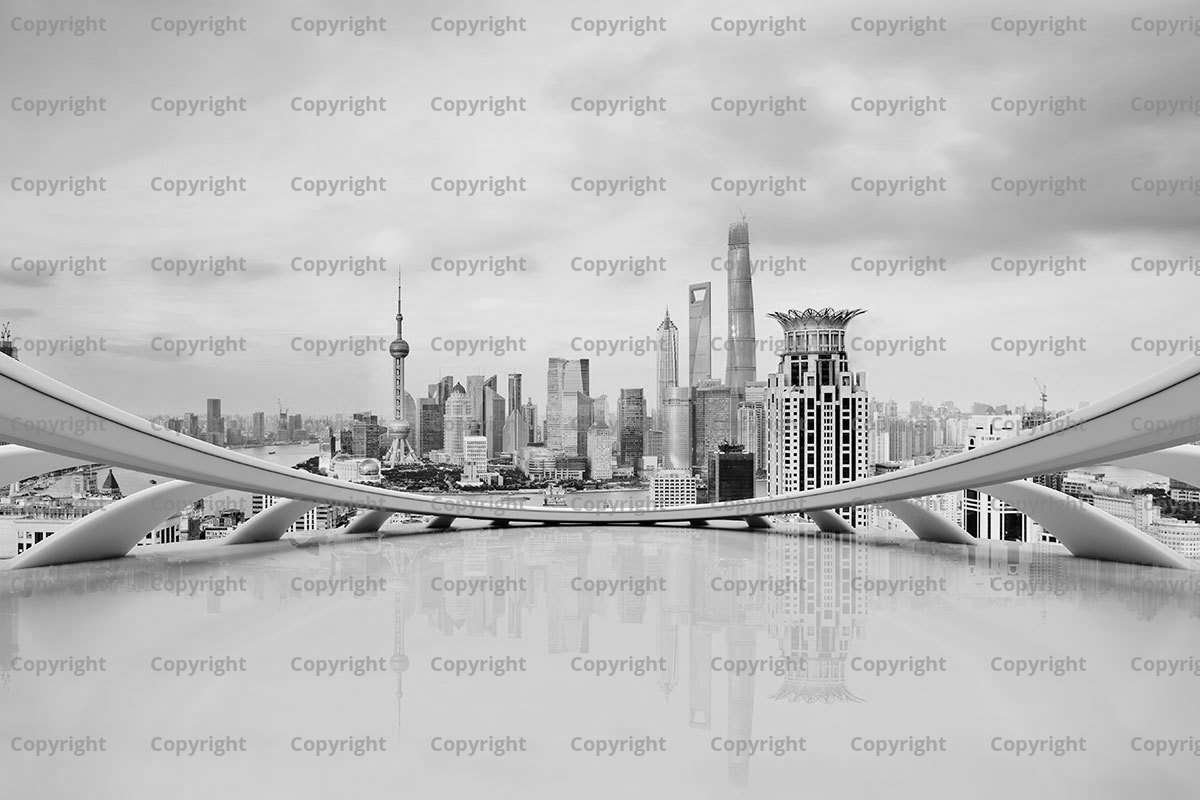
Timeless Design as Sustainability
f you follow the BUILD Blog, you know that we’re advocates of genuine sustainability.
Not the high-gloss, pre-packaged, trend-setting sustainability typically characterized by any assortment of dubious “green” certifications and tossed around like cheap remedies for an ailing environment.We’re also not advocates of flying starchitect teams all over the globe to bestow “sustainable design” on places that we’re led to believe are less enlightened (the overuse of jet fuel doesn’t fall into our definition of “sustainable”). No, we’re referring to a category of sustainability that leaves real and mathematical evidence of easing the stress placed on our ecosystem. Such methods aren’t glamorous, in fact, many of them are down-to-earth and prove difficult for a consumer-driven market to repackage and sell.
Rebuilding a house on an existing foundation, for instance, has become a successful method to reduce fuel and building materials on several recent projects in our sphere. But the big box home improvement stores can’t slap an “eco-friendly” label on such strategies and peddle them on their orange industrial shelves.
These matter-of-fact sustainability methods also don’t make for very sensational conversation starters at dinner parties. Despite the success of these practical techniques when it comes to reducing the toll of our built environment on the natural one, they remain in the shadow of the more celebrated (but often less effective) methods of sustainability.
